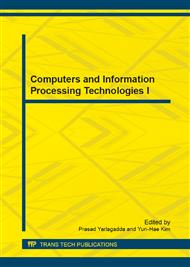p.143
p.148
p.152
p.156
p.164
p.171
p.177
p.183
p.187
The Application of Iteration Learning Control in Silkworm Incubation Chamber System
Abstract:
Silkworm egg incubation is a very complicated process and is hard to establish the mathematical model. In order to improve the temperature and humidity of silkworm incubation chamber control method, the paper deal with the method of iteration learning control looking for expected input. Based on the summary of human experience, designing learning rule is given. The simulation result shows iterative learning control has ideal tracking control.
Info:
Periodical:
Pages:
164-168
Citation:
Online since:
June 2014
Authors:
Price:
Сopyright:
© 2014 Trans Tech Publications Ltd. All Rights Reserved
Share:
Citation:


